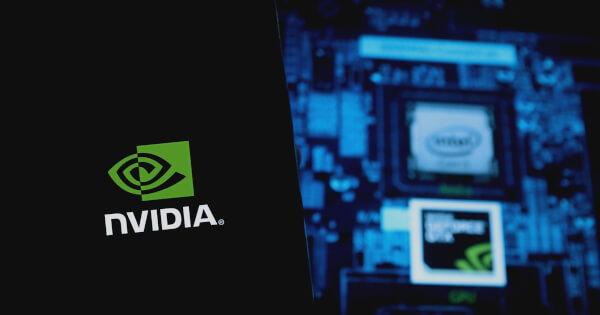Jessie A Ellis
25 Jul 2024 01:48
Researchers are using AI to revive the DNA of extinct species to combat drug-resistant pathogens, a move that could potentially revolutionize antibiotic discovery.
According to the NVIDIA Technology Blog, researchers are using artificial intelligence (AI) to mine the DNA of long-extinct species like woolly mammoths and giant sloths, discovering genomic secrets that could help us fight today’s most contagious pathogens.
Coping with the Growing Crisis
According to the World Health Organization (WHO), more than 1.25 million people die each year worldwide from infections that are resistant to current drugs, such as antibiotics. This number is expected to increase to 10 million by 2050. Additionally, within six years, an estimated 24 million people could fall into extreme poverty due to the costs associated with treating infectious diseases.
AI and molecular extinction
Dr. Cesar de la Puente, a professor at the University of Pennsylvania, leads a team of researchers using AI in a process they call “molecular de-extinction,” a technique detailed in the paper. Nature Biomedical Engineering The goal is to analyse the DNA of extinct species by June 2024 to find new solutions to dangerous drug-resistant microbes.
“Exploring and comparing molecules across evolution can yield new biological insights,” Dr. de la Fuente explained. “AI-based molecular de-extinction work can help us bring back molecules from the past to address modern challenges.”
Advanced Computational Technology
Using a cluster of NVIDIA A100 GPUs, Dr. de la Fuente and his team trained deep learning models to mine the proteomes of living and extinct species. The scientists hypothesized that pathogens that have adapted to modern drugs may be vulnerable to antimicrobial defenses found in ancient genomes.
The team trained 40 variants of a deep learning model called APEX on DNA extracted from fossils of extinct animals and plants, including extinct species such as bears, penguins, and woolly mammoths. The training utilized a combination of 988 in-house generated peptides and thousands of publicly available antimicrobial peptides (AMPs) and non-AMPs.
The model, trained using the cuDNN-accelerated PyTorch framework on a single NVIDIA A100 GPU, predicted cryptic peptide sequences—protein fragments that the immune system uses to fight infections. APEX predicted over 37,000 peptide sequences with antimicrobial potential, 11,000 of which were not found in living organisms.
Laboratory Success Stories
From the peptides generated by APEX, the researchers synthesized 69 potential antibiotics. In laboratory tests, they treated mice infected with bacterial pathogens commonly found in human burn patients with these ancient peptides. The results were promising. Within two days, the experimental antibiotic mylodonin-2, derived from the giant sloth, showed significant improvements in the health of the mice, similar to those treated with the common antibiotic Polymyxin.
“Exploring extinct organisms gives us access to a wide range of molecules that modern pathogens don’t have access to,” Dr. de la Fuente said. “Molecular de-extinction could provide an arsenal of new compounds to combat one of humanity’s greatest threats: antimicrobial resistance.”
Future outlook
Researchers have discovered that the non-extinct antimicrobial molecule attacks microbes by depolarizing the inner membrane of the pathogen cell, a mechanism different from most known antimicrobial peptides. This innovative approach, made possible by advances in AI and GPU technology, sounds like the plot of a Michael Crichton novel.
Dr. de la Fuente believes generative AI has the potential to revolutionize drug discovery methods, reducing both the cost and time required to develop new antibacterial drugs. While traditional methods can take up to 15 years and cost more than $1 billion, an AI-based approach could significantly shorten that timeline.
“GPUs are changing the way we work in our lab,” Dr. de la Fuente said. “We can accomplish in a matter of hours what took us six years to do. This has dramatically accelerated antibiotic discovery. It’s like bringing science fiction to life.”
Dr. de la Fuente is in the early stages of establishing a company to commercialize the most promising antimicrobials discovered by his research team. The Machine Biology Group continues to explore promising antimicrobial peptides using the APEX model. Their work is open source and available on GitHub.
Readers interested in more detailed information can consult the Nature paper and other publications from Dr. de la Fuente’s lab.
Image source: Shutterstock

